Preparing for Your First Hokkaido Adventure Holiday
, by Hattie
Hattie talks about her experience on preparing for your first Adventure Holiday in Hokkaido and shares her top tips and tricks on what to expect and how to prepare sufficiently to get the most out of your exciting trip.

So you’ve booked an adventure holiday in Hokkaido… Amazing! It’s a wonderful way to travel and will give you a perspective that regular tourism in the region won’t.
But… now what?
Many of you reading this may have never experienced adventure travel before. Alternatively, you may be used to this kind of travel but perhaps it has been several years since your last hike or adventure tour. Or perhaps you are like me on my first time hiking in Hokkaido– you have experience on terrain or roads that you know well, and you assume it will be enough. Let me warn you now– you may be in for a shock!
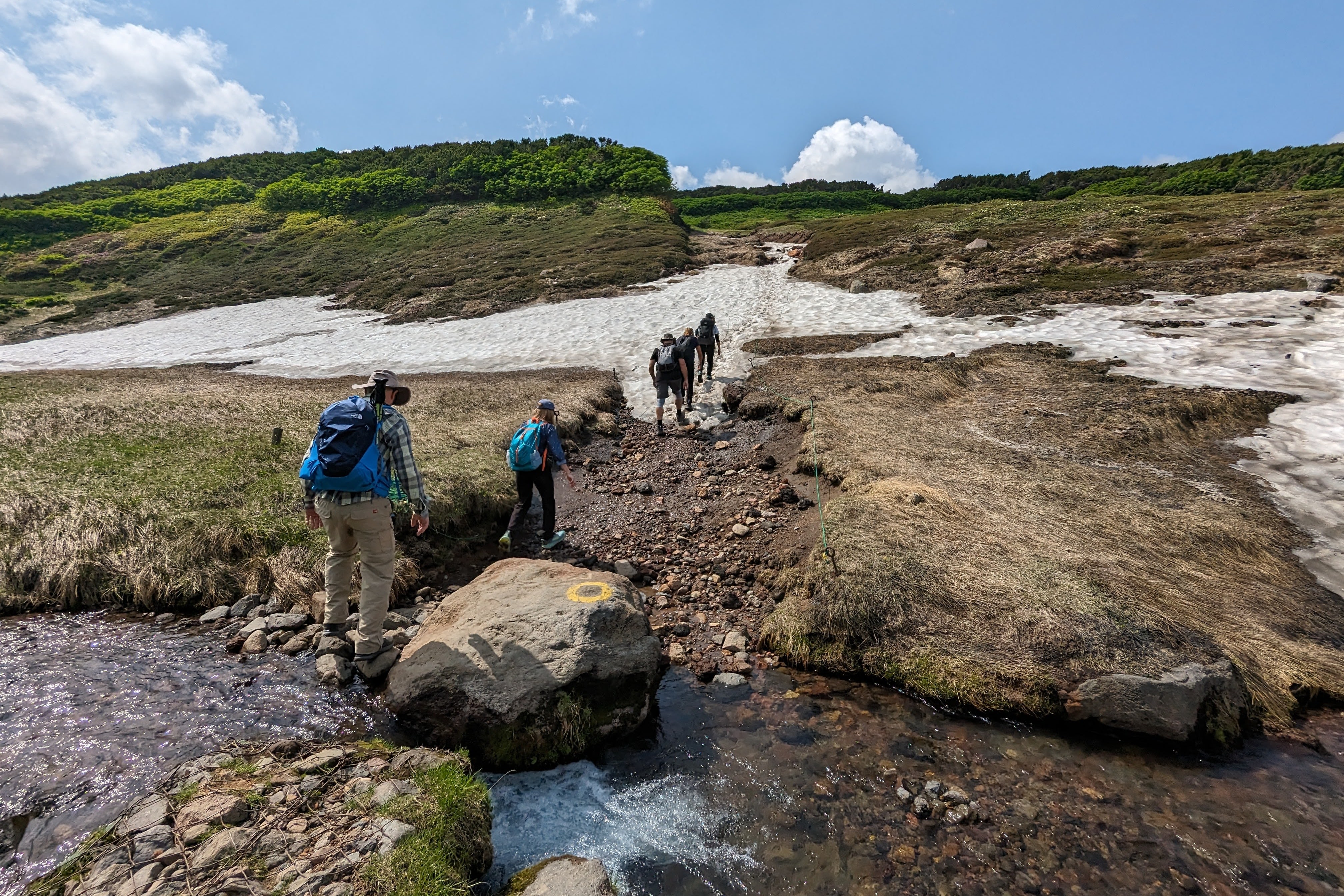
Adventure holidays in Hokkaido can be very safe and enjoyable, but it is important to know what you are getting yourself into, what to expect and what to prepare. Unlike a regular holiday, you aren’t going to be relaxing the whole time. You will be on the move over several hours of the day, often in conditions that can change on a dime. Not making the right preparations for your first adventure tour or your first one in a few years can have potentially dangerous consequences.
Over my first few adventures in Hokkaido, I learned the hard way what preparations I should have made. Today I would like to share these lessons with you in the form of some handy tips to help you prepare for your first adventure holiday in Hokkaido!
Know Your Limits
This is the most important tip of all!
Pushing yourself beyond your limit can tire you out quickly. This has an effect cognitively, first and foremost. When you are tired, you may make poor decisions or fail to stay alert and recognise dangers. This can make you more likely to sustain a nasty injury, which is never what you want when in the middle of nowhere in Hokkaido!
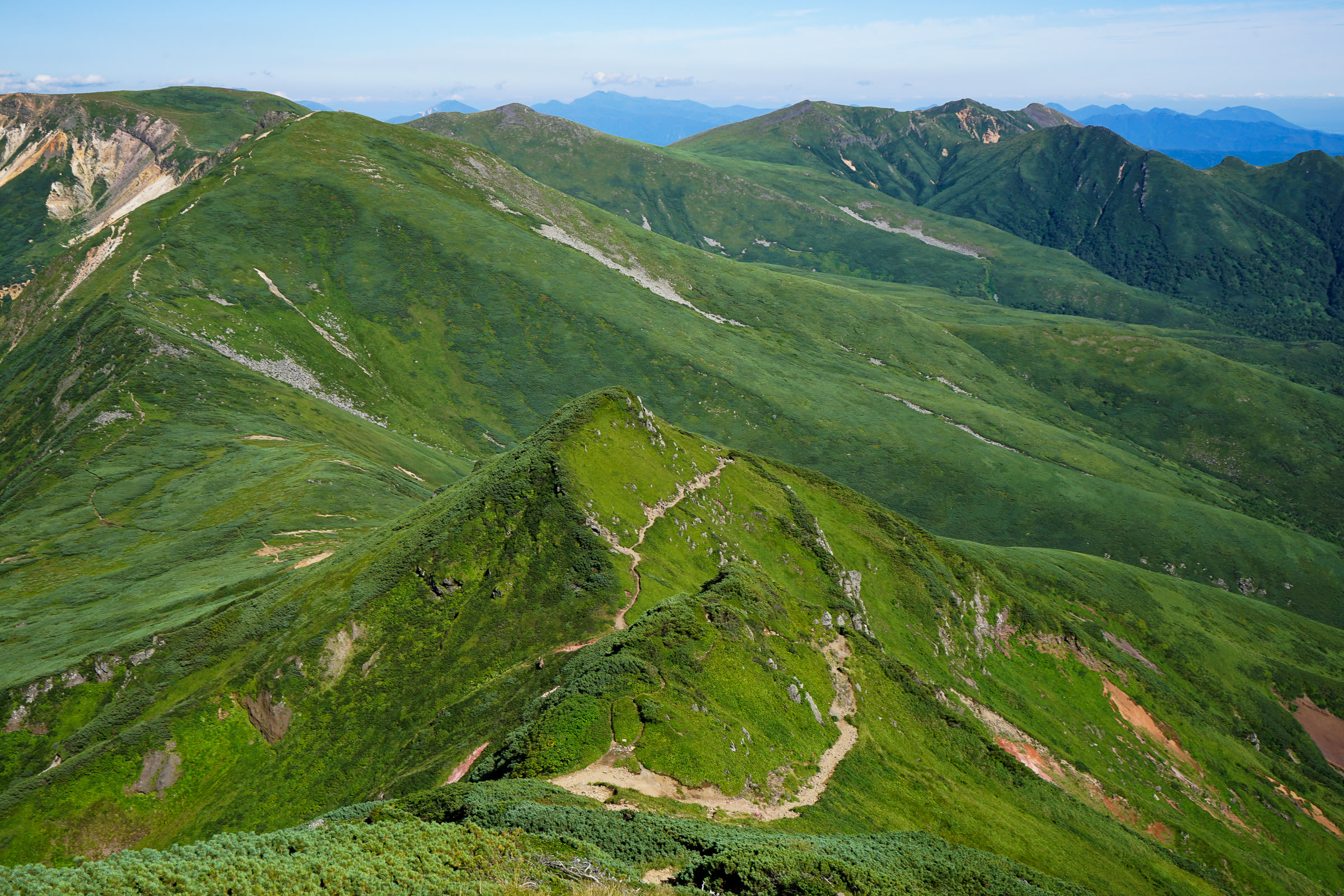
Additionally, trying to push your body when it has clearly had enough can have physical effects. When your body is in poor condition, it stops functioning at its best. This can make you more susceptible to environmental factors, like heat or cold, which will only sap whatever energy you have remaining and possibly land you with hypothermia or heatstroke.
Needless to say, injury or other conditions that give you pain are not something that you should push through. It’s okay to say that you can’t do it– just as long as you say it before it isn’t too late!
I’d like to share a story with you about the dangers of pushing yourself too far on a Hokkaido adventure tour. The first time I joined an Adventure Hokkaido tour was in 2020 and it was a hiking tour. Before moving to Hokkaido, I used to enjoy hikes around Honshu (mainland Japan). I thought I had plenty of experience… But from the perspective of my Hokkaido peers, I was woefully inexperienced!
I had not done my research, and I was not prepared for just how different Hokkaido’s trails turned out to be. Additionally, I was still recovering from an ankle injury that I’d sustained two years prior. Having failed to be honest with myself about my capabilities and having not looked at the routes in great detail, I ended up exhausted by the last hike on Mt. Hakuunzan, with my ankle causing me a lot of pain on every descent. In my exhausted and pained haze, I didn’t watch my step and ended up slipping off the side of a muddy, narrow track. It was thanks to the cat-like reactions of Adventure Hokkaido guide Yasu that I was saved, hauling me back to the trail by nothing but my backpack!
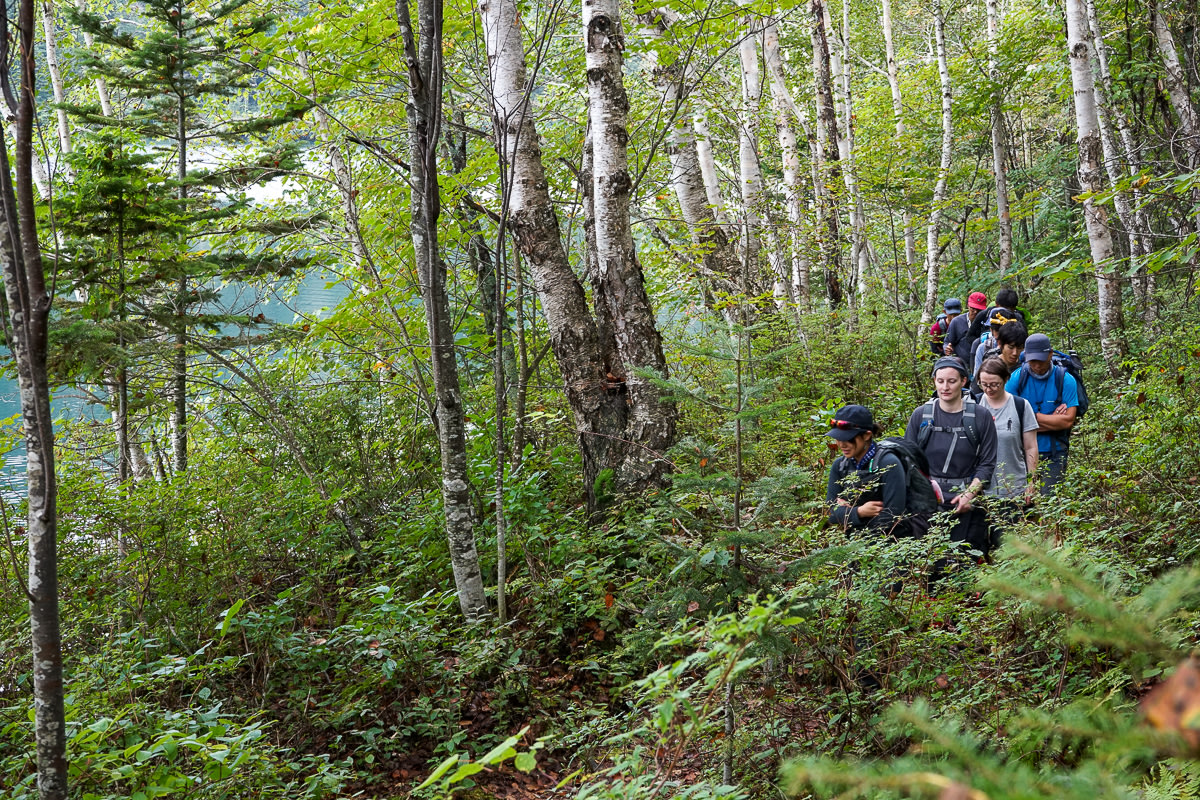
The experience shocked me and made me realise just how dangerous failing to recognise your limits can be. There is no road access for ambulances on Hokkaido’s hiking trails and some mountain roads are far from hospitals, meaning it could be a long wait before you receive medical attention. It is therefore extremely important to make sure you are not biting off more than you can chew when choosing a tour.
When it comes to cycling, keep in mind that occasionally hopping on a bike with friends on the weekend or using an exercise bike in a gym isn’t comparable to spending several hours of the day in the saddle, cycling up and down mountain passes. Tiring yourself out or being wobbly on your wheels could lead to a nasty crash.
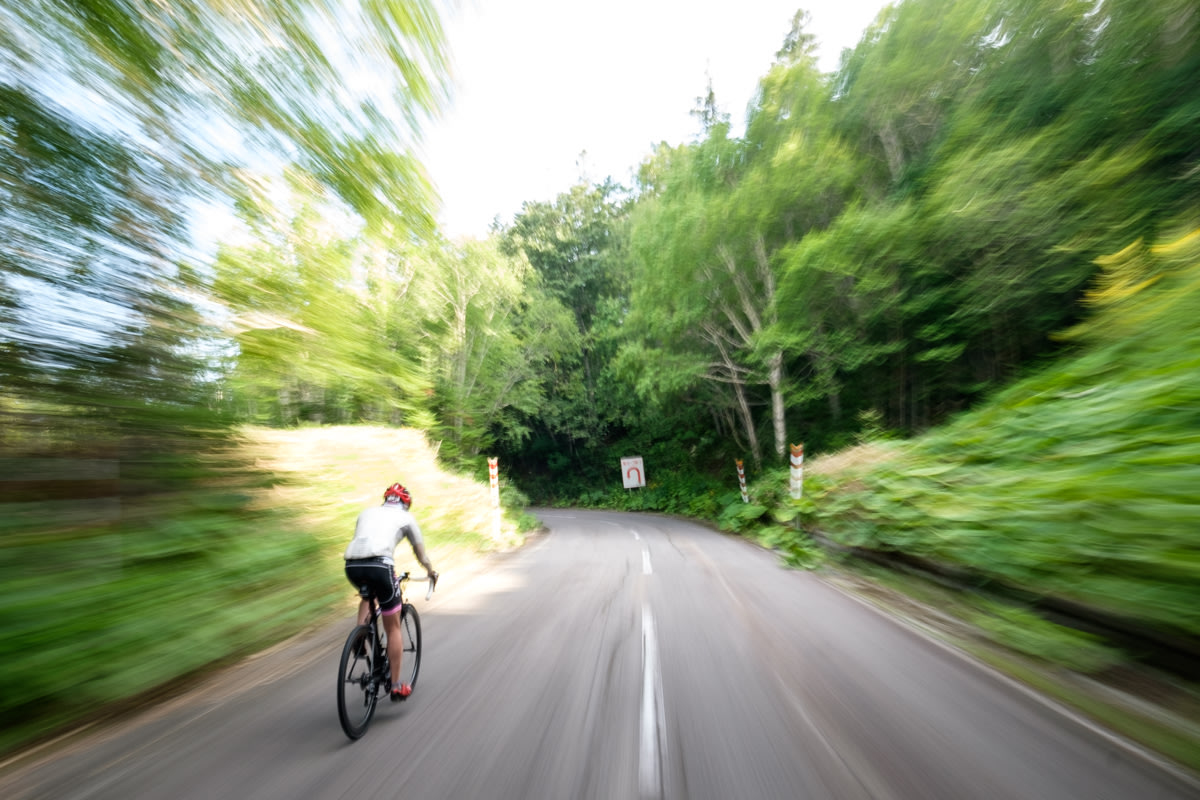
It is extremely important to be honest with yourself about your skill level. All of our tour notes provide information about the hiking or cycling distance and, crucially, elevation gain. These in combination should give you an idea of how much activity is involved in the tour. Crucially for hiking tours, you should also consider how Hokkaido’s rugged, wild trails can add another level of difficulty which often surprises even our most seasoned guests. If you try to push yourself where you don’t have the relevant experience or training, especially on rough trails that you may not be used to, you could end up in danger, as I was on Mt. Hakuunzan– and you may not always have a guide there to catch you by the backpack!
For cyclists, using e-bikes is an option if you’re not completely confident in your ability to complete the tour by pedal power alone. Importantly, you should reconsider if a multi-day cycling tour is right for you if you have never cycled on real roads before. Hokkaido does offer plenty of more leisurely cycling day tours, on which you will not have the pressure of keeping up with an athletic group.
Carefully review the hiking or cycling itinerary and tour documents before you travel, with particular attention to elevation gain over the distance covered. Consider the number of hours you may be on your feet or in the saddle and be honest with yourself– is this itinerary beyond your limit? If the answer is yes, you may want to consider a different tour that is more manageable for you.
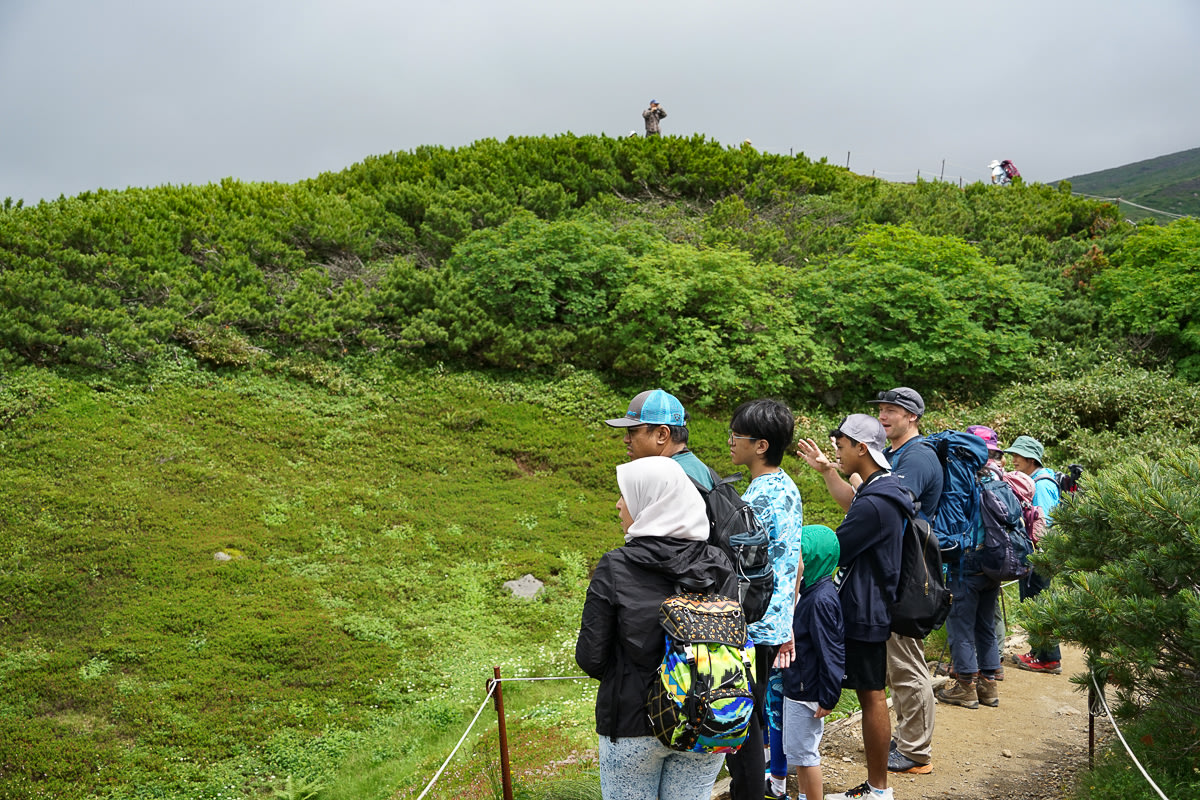
Additionally, if you are travelling in a large group of family or friends where abilities are mixed, consider the needs of your group as a whole. Talk among the whole group to go through the itinerary in detail. If there is someone among you whose experience does not match that of everyone else’s, consider going for what the more experienced members of the group would consider an intermediate hike or cycle. If there are any members struggling to keep up even at this pace, then it is important to agree as a group to bring the pace of your upcoming tour down to their level, rather than expecting them to rise to a challenge that may not be realistic for them.
The reality is that if a group’s ability is too varied, it is very hard for your guides to set the day’s pace. Not only is it hard to keep an eye on the group as a whole if someone at the back needs to keep stopping for a break, but some hiking routes have curfews. If the group’s pace is too slow, our guides may have to cut some hikes short in order to make it back to the trailhead before it closes– and that’s no fun for anyone! On the other hand, opting for a lower-level tour will mean that all participants can keep to the same pace. Better yet, if the less-experienced members of the group are keeping up more than expected, it provides the opportunity to “upgrade” some of the rides or hikes later.
Preparation is Key
But perhaps even after reading through the tour details, you feel that while the tour will challenge you, an adventure in Hokkaido isn’t going to be out of your comfort zone. Which is great! Afterall, we can only improve by challenging ourselves a little!
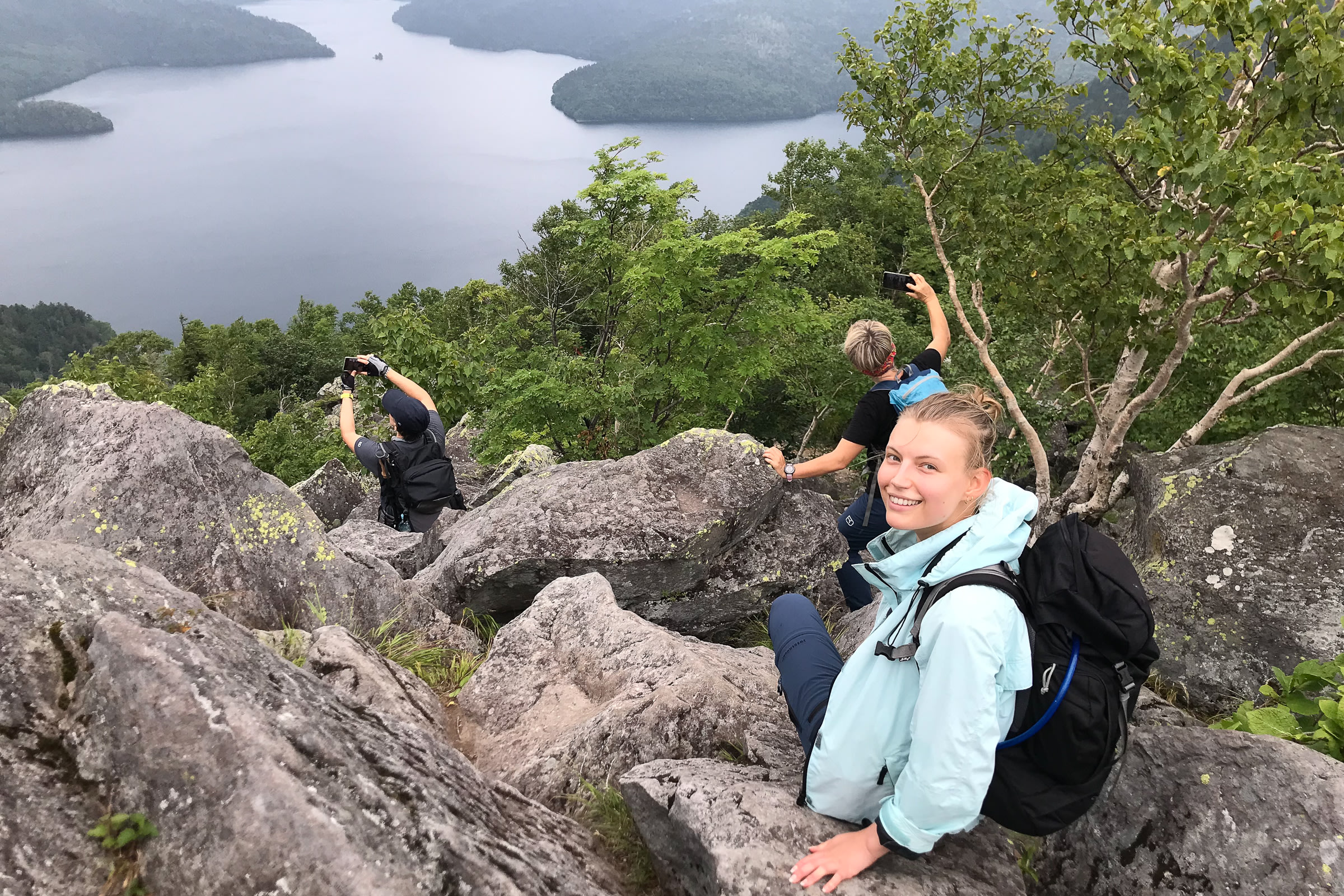
Even so, if the hike or cycling is a distance or elevation that you have never achieved before, it is very important to start training in advance of your adventure holiday. Leaving it to the tour to find out if you can manage it or not is not a great idea— try some hiking or road cycling routes in your home country or a nearby country and work your way up to a similar distance or elevation gain over the months. This same advice applies if it’s been a few years since your last big hike or cycle, too– your body does not always remember, and as the years pass, how it will respond to such strenuous exercise can change.
If you are struggling even after a few months of training, you may once again wish to consider if the tour is going to be a suitable fit for you. However, if you find that you are holding up well during your training, you may very well manage on the tour itself!
Next, spend some time researching the routes online. There are some English resources on the web that talk you through some of the hiking and cycling routes we explore on our tours, complete with pictures. Google Maps even has some 360-degree photos of Hokkaido’s hiking routes these days, allowing you to see exactly what kind of terrain you’ll be tackling. And as we mentioned before, this is an important factor in a trail’s difficulty! You may also want to take a look at our article about hiking safely in Hokkaido for some more insight on the kind of terrain to expect.
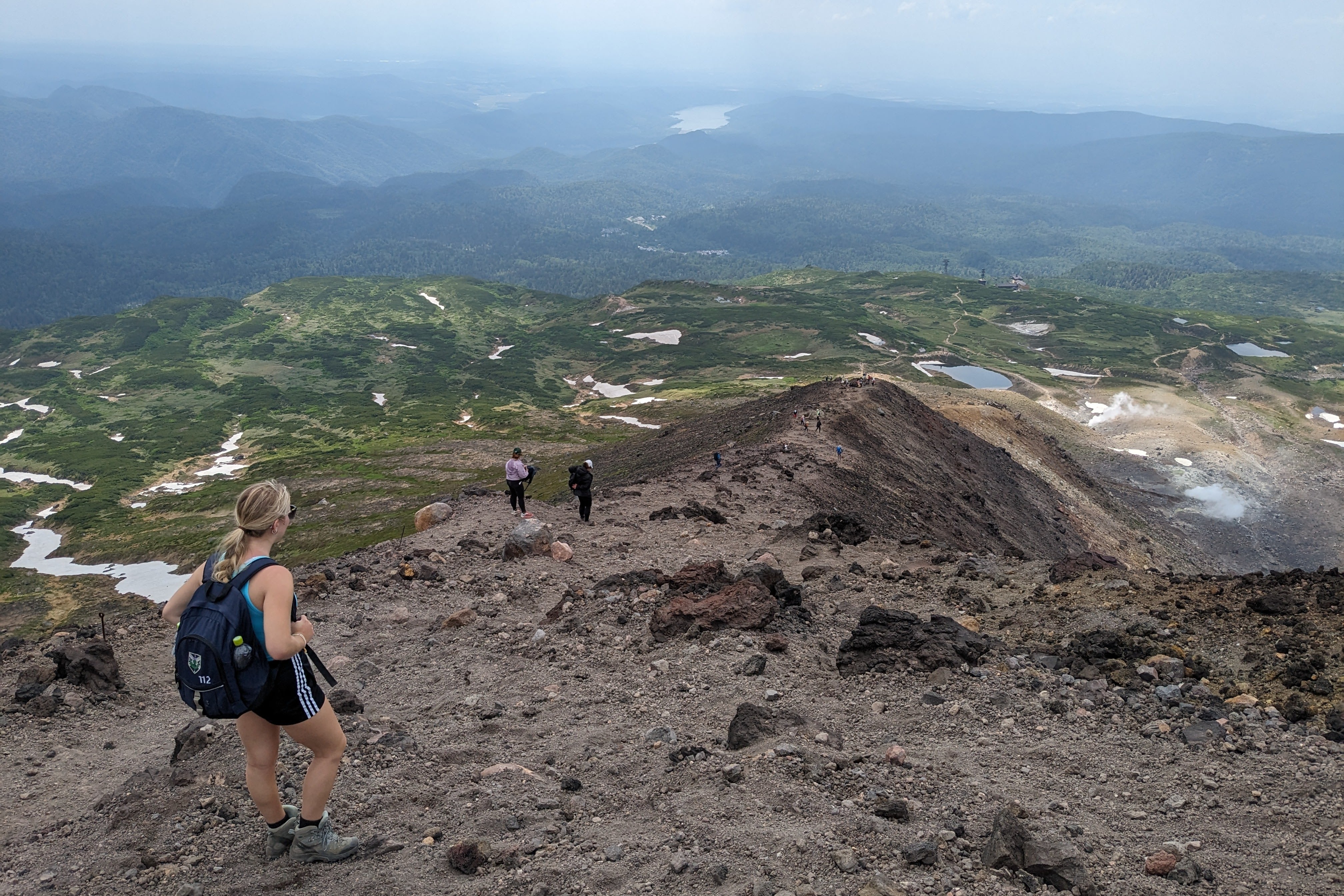
One other thing you’ll need to spend some time looking into is the weather. Hokkaido is a land where hot and cold air meet over its mountains, creating conditions that can change rapidly. The world is a big place and your country may never get as hot or cold as Hokkaido, but it’s still important to understand what preparations you will need to make to fare well under subzero conditions (winter) or highs of over 30°C (summer).

Once you have mentally and physically prepared yourself for what lies ahead, the last thing to do is to pack! Which leads me neatly into to my next tip…
Invest in the Right Gear
You might be thinking that you will manage, somehow, with whatever you have at home. Afterall, a holiday is expensive and after the cost of flights and a tour, stocking up on brand new expensive hiking or cycling gear is probably the last thing on your mind.
Cheap gear, however, will let you down at the worst moment. I learned my lesson the hard way when my cheap walking pole snapped clean in two on a hike in Honshu! Luckily, I didn’t fall too hard and wasn’t injured, but it could have been a different story on Hokkaido’s much more rugged trails. The nature of Hokkaido’s trails is also particularly hard on gear, which is another good reason to ensure it’s up to the job.
While you don’t have to go out and buy the latest and greatest models or the trendiest brands, investing in quality gear will make you more comfortable, which in turn makes your adventures in Hokkaido more enjoyable. I find our guides, usually a frugal bunch, choose to invest in the gear that makes their jobs easier, such as good layers and a properly-fitting backpack. Designer gear might look very nice, but in reality it might turn out to be nothing more than an expensive accessory that doesn’t function as you want it to in the saddle or on the trail.
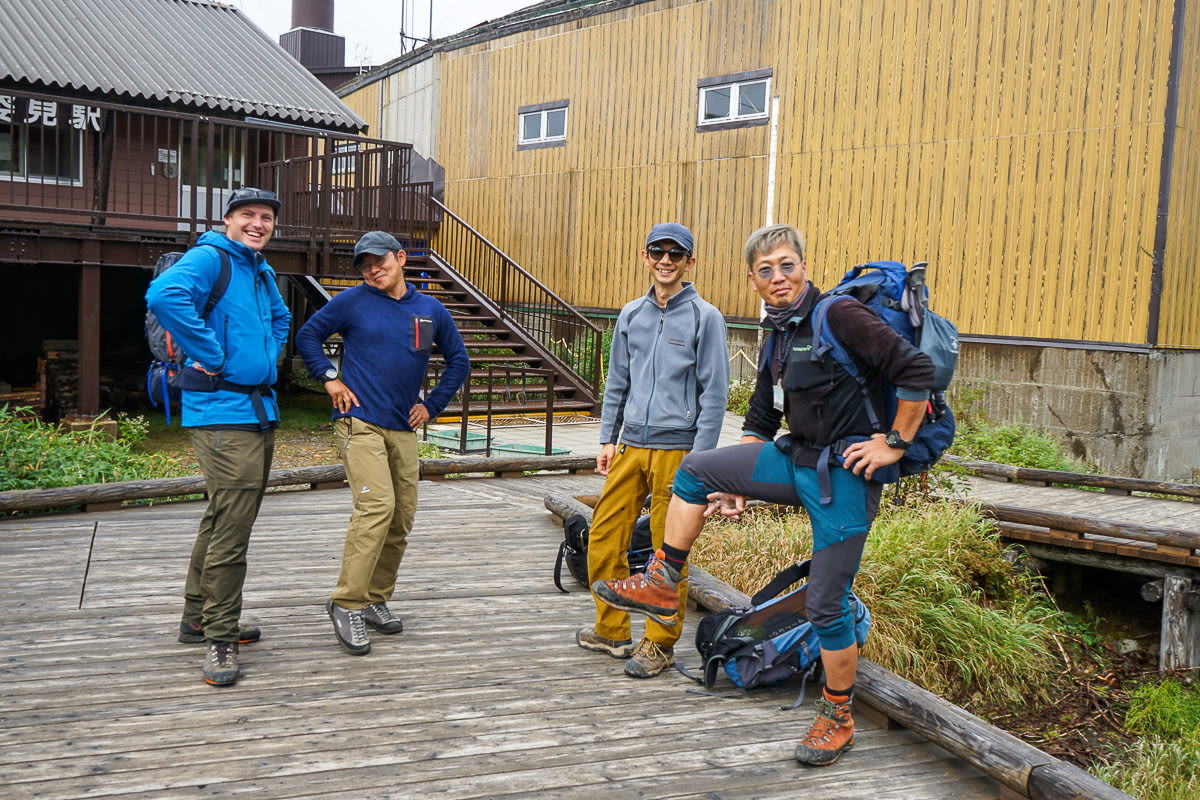
Checking to confirm that the existing gear you have is in good condition is also a good practice. If you do have the right gear but it has been in storage for a number of years, it is essential to check its condition before you travel (this is especially important if you live in a humid part of the world, as moisture can cause materials to rot more quickly). If it is looking a little worse for wear, replace it. We have seen old backpacks break on tour due to rotting straps, and even old hiking shoes ripping at the soles and having to be secured with cable ties on the trail!
Having the right gear is also important in keeping you fit and healthy on tour. For example, if your clothes are not waterproof, sweat-wicking or quick-drying, they can hold moisture and can make you feel cold, exposing you to hypothermia– even in Hokkaido’s midsummer. These same materials are also, often, not breathable, which can bring on heat stroke on warm days. As mad as it sounds, I have seen tourists tackling Mt. Tokachi in jeans on foggy days with their trousers laden with moisture. All of them looked freezing cold and none of them looked like they were having a great time compared to all the hikers in the correct gear!

The same applies to cycling tours– make sure you have clothes made from suitable fabrics, such as sports mesh, lycra or goretex. Flapping hems and skirts (except for short sports skirts) are a no-go, as they can get caught in your bike chain. Padded cycling shorts are highly recommended by our guides! If you are a bit shy about any lycra-related wardrobe malfunctions, then you can wear regular sports shorts over the top of your cycling shorts.
Most importantly of all, make sure your footwear is up to the job, especially on hiking tours. For hikes, you must make sure that you have comfortable, sturdy shoes (worn more than a couple of times) that can withstand Hokkaido’s challenging trails. In winter, your toes will thank your insulated snow boots! Make sure you also prepare insoles if you usually use them.
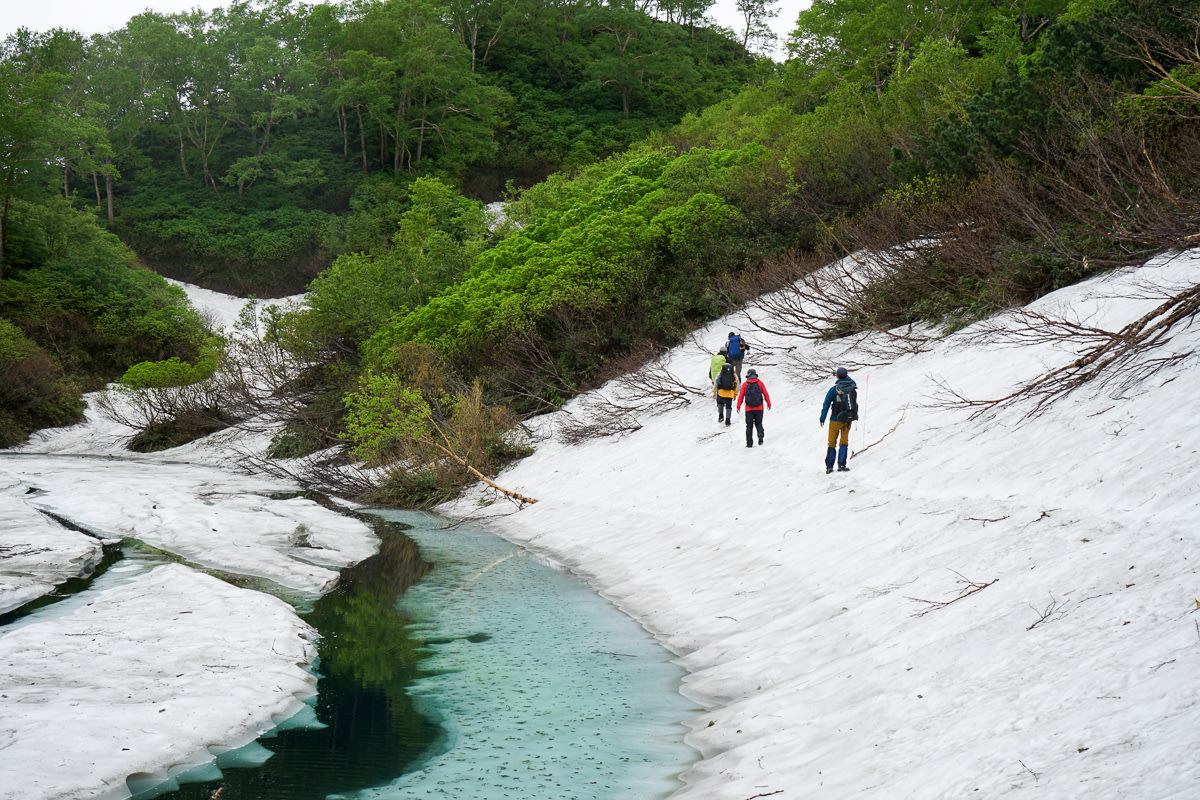
A good warm layer is also extremely important in our northern land. Cheap coats, fashion jackets and non-windproof coats will not keep you warm. Make sure you bring an insulated layer, ideally with synthetic down which dries quickly.
Finally, take stock of anything else you may need– walking poles, sports bandages, extra socks and more! Take a look at our blog about what to pack for Hokkaido for more information about what you will need on your trip as well as what may be useful for you personally. Assess the quality of any gear that you do own, and replace anything that is a few years old or doesn’t appear to be in good condition.
Fuel and Hydration!
You may have it in mind that Hokkaido is a cool region and so you have nothing to fear from the sun. But nothing could be further from the truth… as any Hokkaido resident will tell you, the heat here has very little to do with dehydration or even sunstroke.
Here’s another story where the moral is, don’t be like me! I once enjoyed a lovely hike on Mt. Sandan on a relatively cool autumn day. The weather was pleasantly cool yet sunny, with not a cloud in the sky… the perfect day for hiking! But on the descent, I felt a pounding headache coming on and began to feel nauseous. By the time I got back to the trailhead thirty or so minutes later, my speech was slurred, I felt incredibly sleepy and I could barely stand up! I thought that perhaps it was just a migraine with rather unfortunate timing but was stunned when the guide immediately recognised it as heat exhaustion. The cold weather had made me underestimate how much water I would need, which had caused me to become dehydrated. Without enough water, my core body temperature was rising out of control– and because of the cool weather, I didn’t even realise that this was happening. Fortunately, with an air-conditioned nap and a cool sports drink, I was right as rain again in a few hours!
As I learned that day, dehydration (and by extension heat exhaustion and heatstroke) can strike in the cold– yes, even in Hokkaido’s subzero midwinter! Cooler temperatures can trick you into thinking that you’re doing just fine, the danger being that, just like me, you do not feel the effects of dehydration until it is already too late.
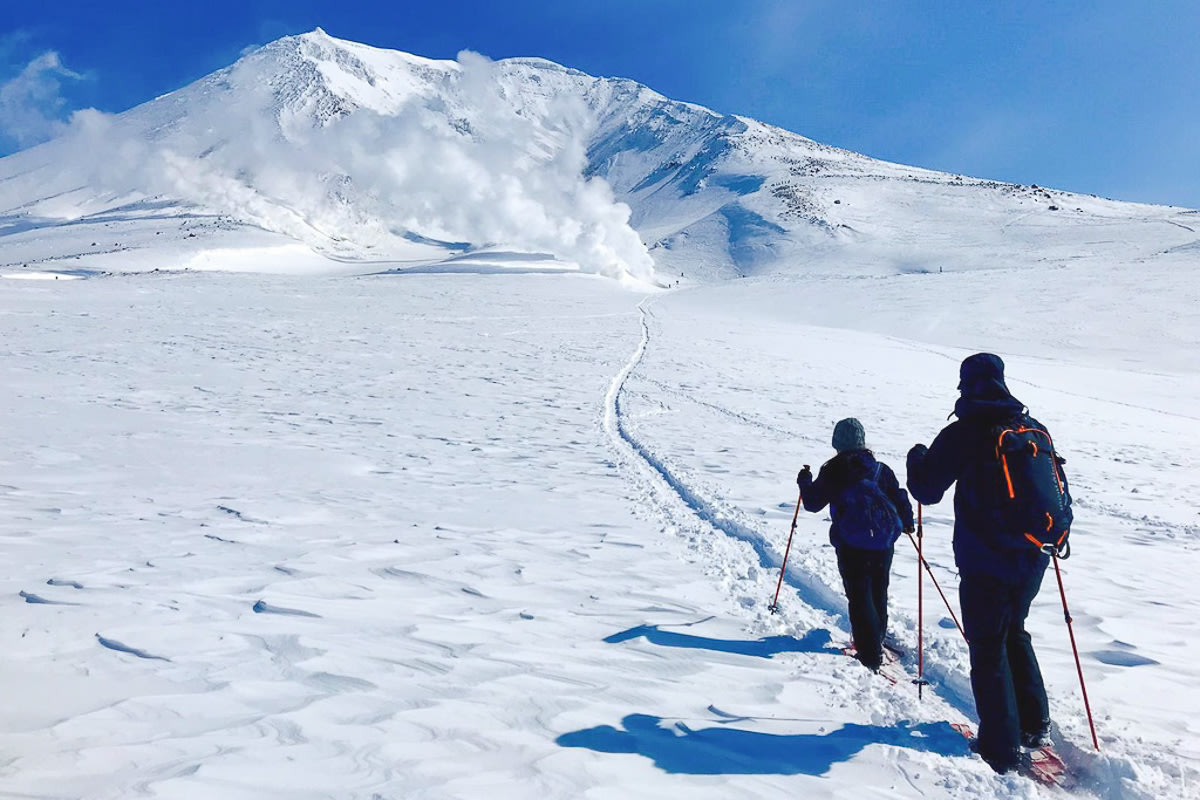
Whether you’re cycling or hiking, we recommend filling an insulated water flask (especially important in winter!) with at least 2L on our tougher tours and at least 1L on our lighter tours. But, that is just our suggestion– since my lesson learned on Mt. Sandan, I always bring at least 500ml more than I think I’m going to need, whether it’s water or an electrolyte-loaded sports drink.
But, you can have too much of a good thing… too much water is just as bad as too little, as I learned on my last hike of this season! I was joining the AH guides for a wonderful hike on Mt. Asahidake. After my lesson learned on Mt. Sandan, I did my best to stay hydrated and drank a lot of water. Unfortunately, I failed to offset this water intake with sufficiently salty snacks or a large enough lunchbox and after taking a post-hike dip in the onsen, I started to feel really unwell… my body felt heavy and I went a horrible pale colour! Guides Yuka and Richard were on the case, both suspecting that my blood sugar and salt levels had dropped too low. It’s a good thing that our guides also carry salt tablets to help you if your salt levels plummet! So while it’s of course important to hydrate, learn from my mistakes and be sure that you have prepared enough to eat on each day of your adventure, too. Don’t be afraid to indulge in a chocolate bar (or two) or a bag of salty peanuts on the hike. It’s one of the few times in your life that you can honestly say, it’s good for you!
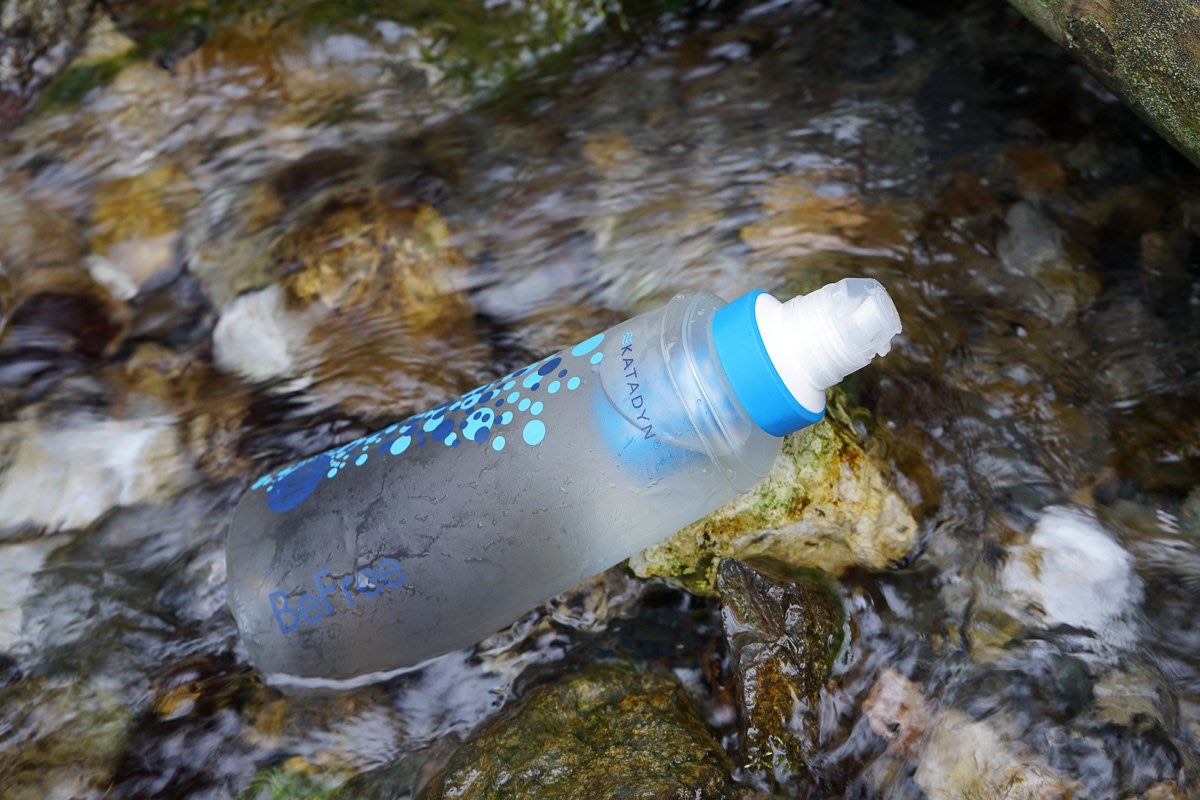
As for how and when to drink and eat on a cycle or a hike in Hokkaido, the key is to consume little and often. Don’t just rely on breaks to take a quick swig or stuff down some snacks— you should be sipping and nibbling as you go to gradually replenish the fluids and salts you are losing. This is why it’s important to make sure that your water and snack setup is easy to access— a big water bottle or ziplock back of nuts sinking to the bottom of your backpack or bike bag is going to be a pain to keep fishing out! Some people prefer hydration packs with a hose attached (but these tend to freeze in winter and can be a pain to clean). Others like to carry a smaller flask or some easy-access snacks to keep in a backpack outer pocket or shoulder holster, with the rest of the water in their backpack for topping up on longer breaks. Try various things and see what suits you.

Another way you can ward off heatstroke is sufficient sun protection. The sun is very fierce here in Hokkaido given our high altitude and proximity to the Arctic. So what many visitors to the region fail to consider when packing is good-quality sunscreen or UV-repellent clothes– especially those from countries where seeing the sun is a rare occurrence! As you sweat, beauty sunscreen or SPF moisturisers will quickly lose their effectiveness. Make sure you have invested in sunscreen designed to be used for sports and reapply it regularly on tour, every 1-2 hours. Alternatively, wear clothing that covers your limbs (in summer, make sure it’s light and breathable clothing). Aside from the long-term damage that can come from sun exposure, sitting in an onsen with sunburned limbs is horrible!
But most importantly, enjoy yourself!
Once your preparations are in place, you’ll be ready for anything Hokkaido throws at you! All that’s left to do is to enjoy the experience.
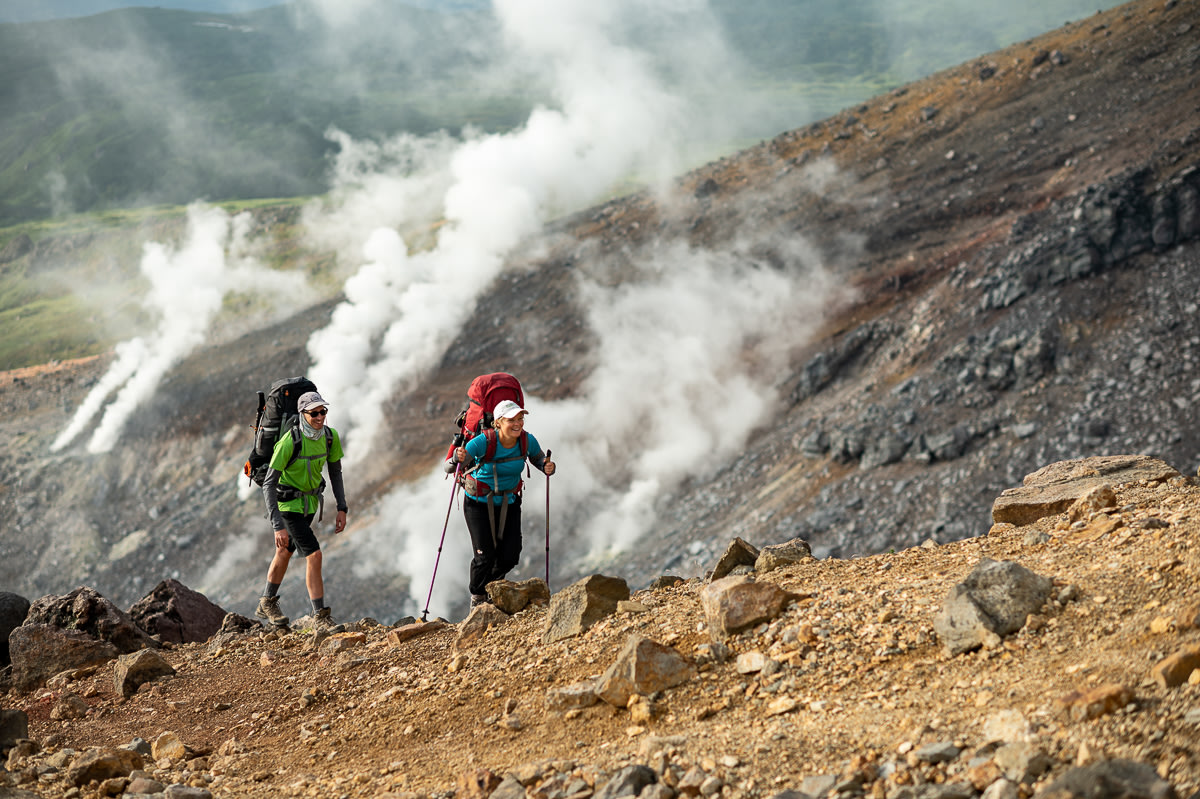
Adventure travel is truly a special way to explore Hokkaido. It is very different to general sightseeing and requires a lot more careful thought and planning before departure. But, the effort is well worth it. On an adventure tour, you aren’t just sitting back and relaxing– you are challenging yourself to try new things and reach new heights. This challenge deepens your experience and makes the world around you feel more visceral. There is something truly wonderful about the feeling of gazing out over a mountain plateau or wide mountain road, far away from civilisation, and thinking to yourself– Wow, I did this! I got here by myself! Of course, it’s important not to overdo it! You may reach your physical (and sometimes mental) limit and it’s important not to cross the fine line between challenging yourself and pushing yourself. But with that being said, chances are that you’ll pleasantly surprise yourself with the feats you’re capable of on tour when you put your mind to it.
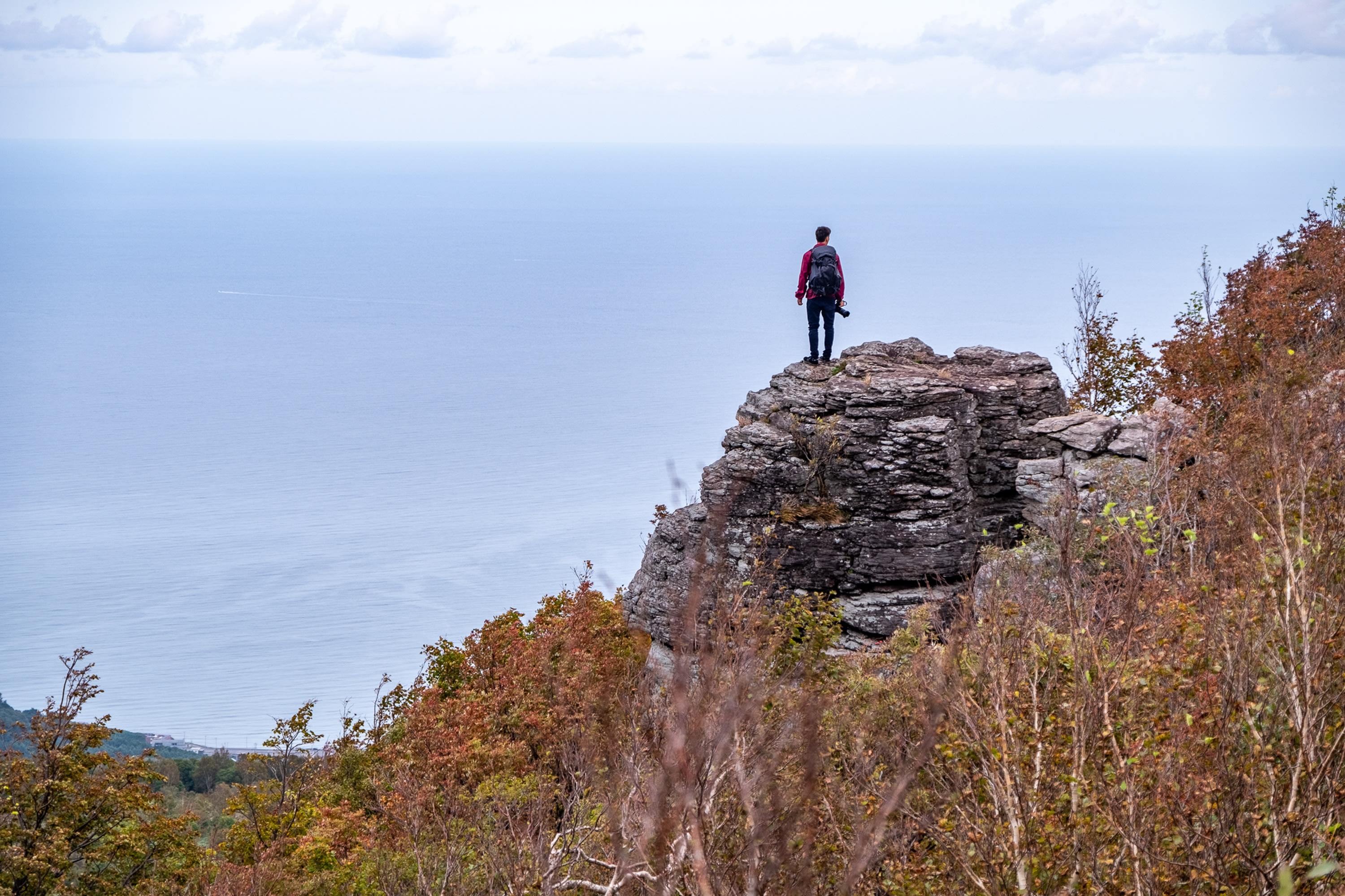
If it’s your first time enjoying this kind of tour in Hokkaido, we hope that you’ll consider us as your tour operator! We have a number of itineraries that are beginner-friendly and we would love for you to make your first forays into the world of Hokkaido adventure travel with us. Check out our tours lineup and I hope we’ll see you out there soon!
Join us for your first Hokkaido adventure!
Check out our guided tours and start your first adventure.